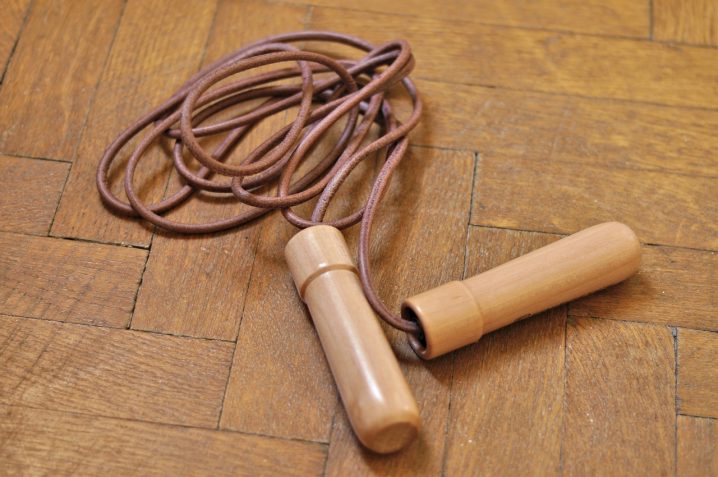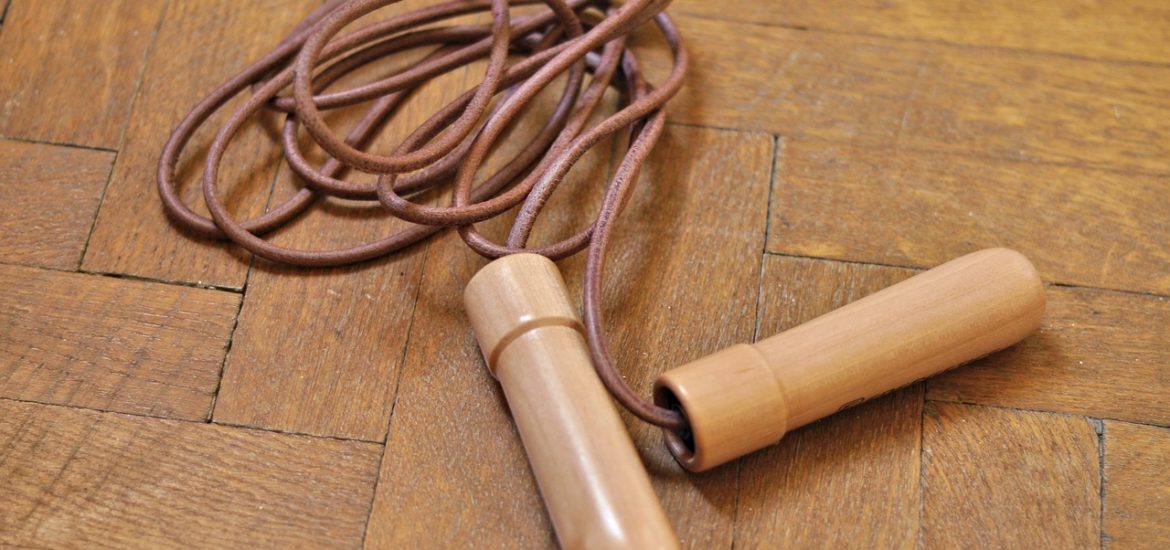When the body is constantly in motion, it is bound to get hurt at some point. There is really no escaping it; you’re born into a beautiful life that is sometimes a pain to live through.
There is, however, a way to remain a hundred percent injury-free, and that is to stay perfectly still and do absolutely nothing. Of course, that’s not gonna happen now, is it? Even if did, you could end up with an even worse fate, as muscle atrophy breaks apart your bones and weakens your muscles.
Part of living life is to experience everything it has to offer—the ups, the downs, and everything in between. That does kind of sound like jumping rope, doesn’t it? If you’re wondering how to avoid injury when jumping rope, we’ve got just the right tips for you.

Why We Love Jumping Rope
Among the reasons why people would rather jump rope than engage in any other exercise are safety, convenience, and comfort.
Of course, no form of workout is going to have at least some degree of discomfort or risk, but at least with jumping rope, it’s pretty easy for you to get into a groove and avoid getting hurt.
Why People Get Hurt When Jumping Rope
There are three main reasons why people get injured when they jump rope, and they are the following: poor form, lack of warmup, and overtraining. Oh, and let’s not forget failure to wear the right gear!
It is said that a good pair of jump rope shoes are recommended before you get started. Make sure to warm up, get your posture right, and not overdo the exercise. Get all of these right, and you should be able to avoid injury for the most part.
How to Avoid Injury When Jumping Rope
Aside from those we have already mentioned, here are other tips you can follow to avoid hurting yourself when jumping rope.
1. Jumping on the Right Surface
One of the best things about jumping rope is that it is convenient—you can do it practically anywhere! Then again, this also doesn’t mean that you should attempt to, particularly when still starting out.
Beginners would do well to start out with a thin and soft rubber mat. You should be able to get one at your local sports store. Your ankles and joints are not as strong as when you first start out compared to if you’ve been doing it for a while, so this added cushion would really help. The wooden floor of your gym or the thin carpet of your living room also works.
Once your body gets used to the exercise, you can begin transitioning to tougher surfaces, like concrete or asphalt, such as those in parking lots and sidewalks.
2. Doing the Boxer Shuffle
One of the ways to protect your body from the perils of jumping rope doesn’t actually involve the use of a jump rope. By doing the boxer shuffle and hopping around like you’re gearing yourself up for a clash in the ring, you can get your body in prime condition for jump rope movements.
Keep your head up and your chest out as you bounce lightly on each foot, staying on your toes and barely leaving the ground as you shift your weight from one side to the other. This type of movement warms up your leg muscles and gets the blood flowing throughout the rest of your body.
3. The Frequency
Now, we’ve discussed overtraining as one of the main causes of jumping rope injuries. Newbies, particularly, should start by doing minimal training to get their body used to the constant up and down motions of this exercise.
There’s always the tendency to get overly excited when you try something new and end up liking it, and jumping rope is no exception.
What you should do is pace yourself and jump rope every other day so that you can give yourself time to rest in between. On your rest days, you can go for a brisk walk, go running, or do some stretching. It’s all up to you, really, for as long as you stay active.
4. Stretching
Warmups and cooldowns are vital to any jump roper out there. If you’re looking to prolong your jump rope “career,” you’ll need to do some stretches before and after your jump rope sessions to warm up and cool down your muscles.
Here, we put emphasis on static stretching, which is done after your workouts and prevents you from experiencing soreness or pain the next day.
5. Jumping Low to the Ground
There’s little that goes against the fact that jumping rope is a relatively safe exercise to engage in. It’s a complete body workout that’s low impact but can get intense when you need it to—all the makings of an effective and efficient exercise.
Don’t be misled by the idea of repetitively bouncing up and down as high impact. Jumping rope is, in fact, lower impact compared to, let’s say, jogging or running. Ideally, a person doing jump rope should only be clearing the ground by one or two inches.
A lot of people love to get fit the easy way. Granted, even the easiest way to improve yourself is never actually easy. It takes time, effort, and, most importantly, grit to see yourself through to the end of any fitness goal.
Jumping rope is a comfortable, low-impact exercise that is arguably one of the easiest to do. However, like any other exercise, in order to do it right, you need to learn how to avoid injury when jumping rope.
Warm your body up before you start jumping and cool down your muscles to prevent injury. Wear the right gear, most especially, the shoes, and never overtrain. Know what your body is capable of and never get ahead of yourself. The key is to stick to your own pace.
Put effort into all these things, and your journey to becoming a pro jump roper should have much fewer setbacks where your health is concerned.

